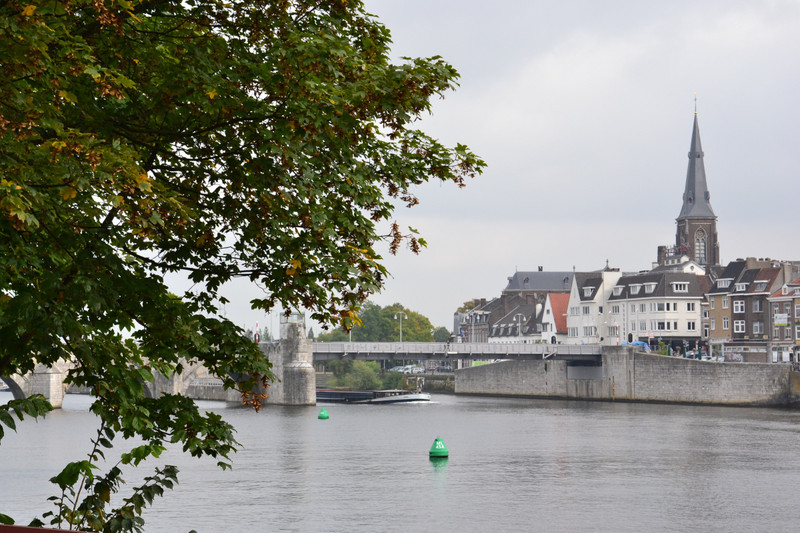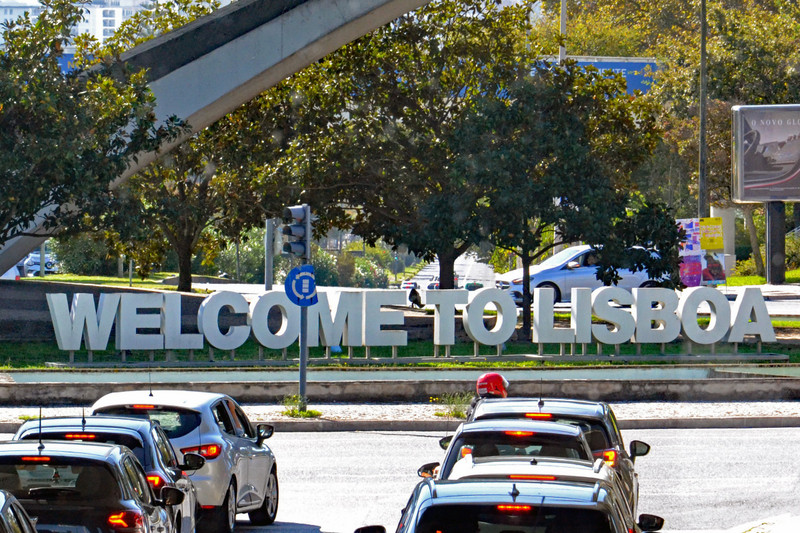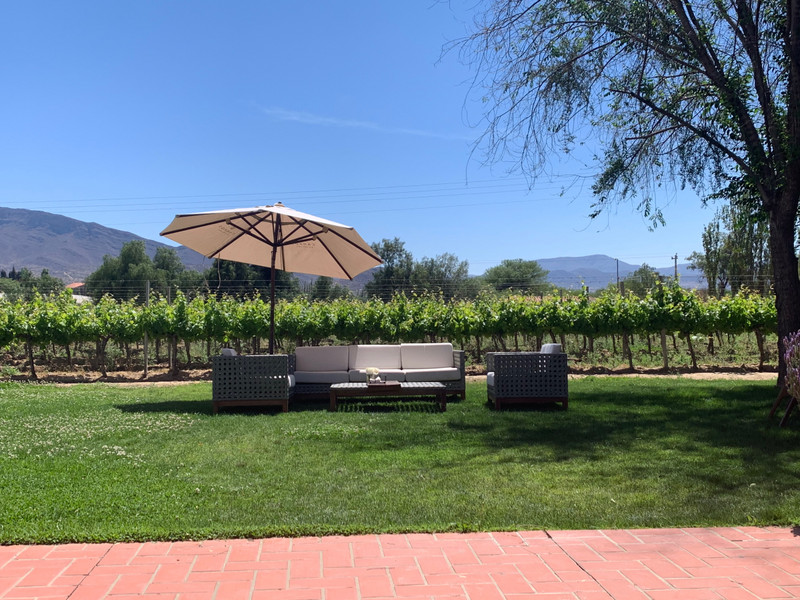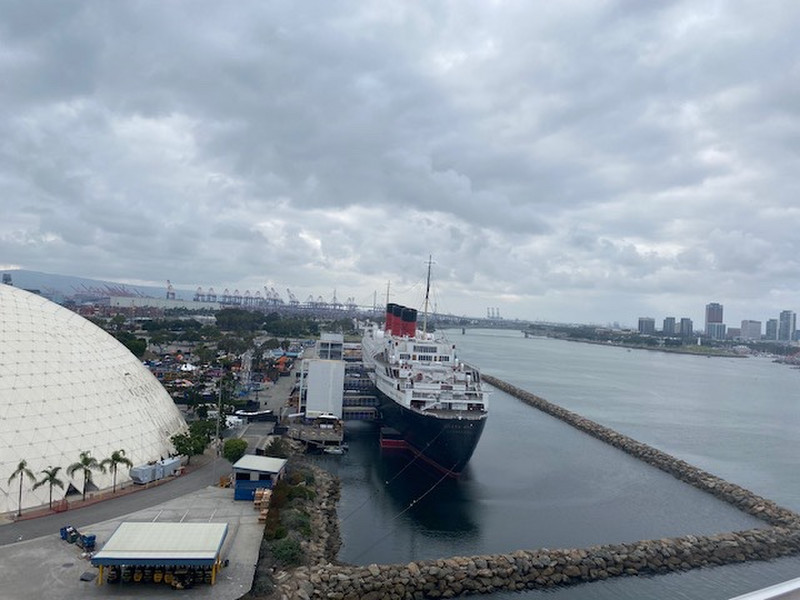Maastricht on the Meuse River. Maastricht derives its name from the Dutch name of the river, Maas. In view is the Sint Servaasbrug. DSC_0083
Our lunch stop en route to Bastogne and then Luxembourg was Maastricht. I knew of Maastricht as the venue of the Treaty of Maastricht and its role in creating the EU, but little else about it. It turned out to be a delightful small city with many Medieval and later sights to see.
We walked in past the Basilica of Our Lady, along Wolfstraat through the central shopping district to Grote Staat, arriving at the Vrijthof square. Many cafes lined the square, likely lunch spots. I bought some Dutch licorice at one candy shop. (I was pleased to find the Dutch have quite a taste for licorice.) All along the route secondary school students were putting on impromptu performances to collect money for a charity. I never did find out exactly which charity they were supporting.
On the Vrijthof were two interesting churches: (St. Johns Church) and the Basilica of Saint Servatius. We spent time seeing both. was built as an auxiliary to Saint Servatius, but has been Protestant (Dutch Reformed) since 1632. Interior decorations were removed, so it has an austere Gothic appearance. Restorations have removed the whitewash once applied over the painted walls, so that
Dinghuis, the medieval town hall and courthouse dating to 1470. Adaptive reuse from 1974 as the tourist information office. Kleine Staat 1. ...the so called Old Htel de Ville (Oud Stadhuis), also called the Dinghuis, of the end of the 15th cent., now used as a Provincial Museum (Oudheidkundig Museum), containing Roman and mediaeval 1910 DSC_0094p1
does add to the interior atmosphere. There is no stained glass, but there is an attractive Baroque wooden pulpit. The Basilica of Saint Servatius (Basiliek van Sint Servaas) remained a Catholic church following the Reformation. Completed in 1309, it is the fourth church constructed over the grave of Servetius. Bishop Servetius died in Maastrict (Trajectum ad Mosam) in 384. The interior retains its Romanesque form, but has been renovated and restored several times. The Treasury of the church is notable for its gilded reliquaries, Servantiana, liturgical objects and textiles
Returning to the motorcoach, we stopped at Basilica of Our Lady for a quick look inside and at the remains of the Medieval walls of Maastricht along the Meuse. Downriver was the 13th century Sint Servaasbrug spanning the river.
Maastricht is in the Dutch province of Limberg, an appendage that extends down into the border region of Belgium and Germany. It was not long after leaving Maastricht on the A5 motorway that we crossed into Belgium at Vis.









